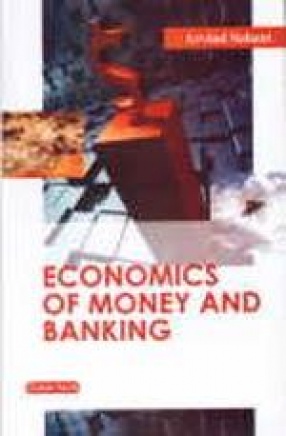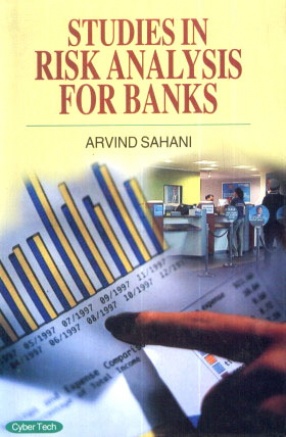It is impossible to appreciate how the financial system works without understanding risk. In the modern financial world, virtually all transactions transfer some degree of risk between two or more parties. These risk trades can be extremely beneficial, as they are in the case of insurance markets. But there is still potential for disaster. In 1998, risk-trading activity at Long-Term Capital Management (LTCM) threatened the stability of the international financial system. Even though risk is absolutely central to an understanding of the financial system, most money and banking books give very little space to the topic. In contrast, this book devotes an entire chapter to defining and measuring risk. Financial instruments are introduced early in the book, where they are defined based on their economic function. This approach leads naturally to a discussion of the uses of various instruments and the determinants of their value. Bonds, stocks, and derivates all fit neatly into this framework, so they are all discussed together.
Economics of Money and Banking
In stock
Free & Quick Delivery Worldwide
reviews
Bibliographic information
Title
Economics of Money and Banking
Author
Edition
1st ed.
Publisher
Cyber Tech Publications, 2008
ISBN
8178844299
Length
viii+248p., Tables
Subjects







There are no reviews yet.